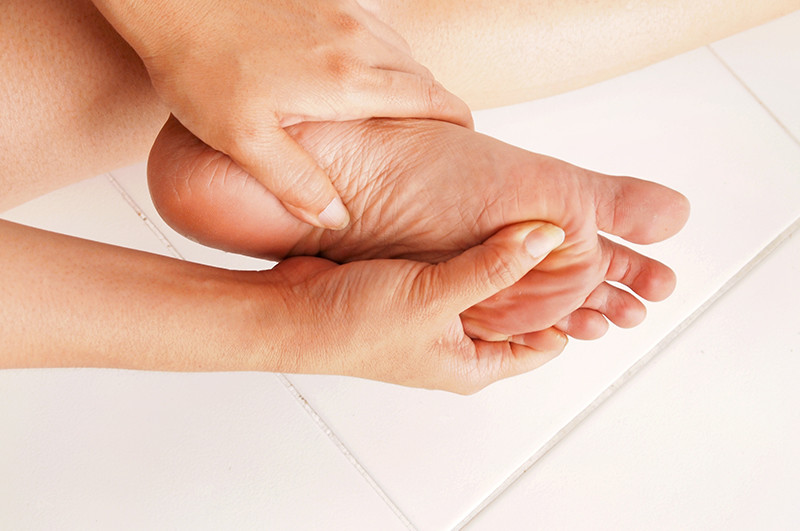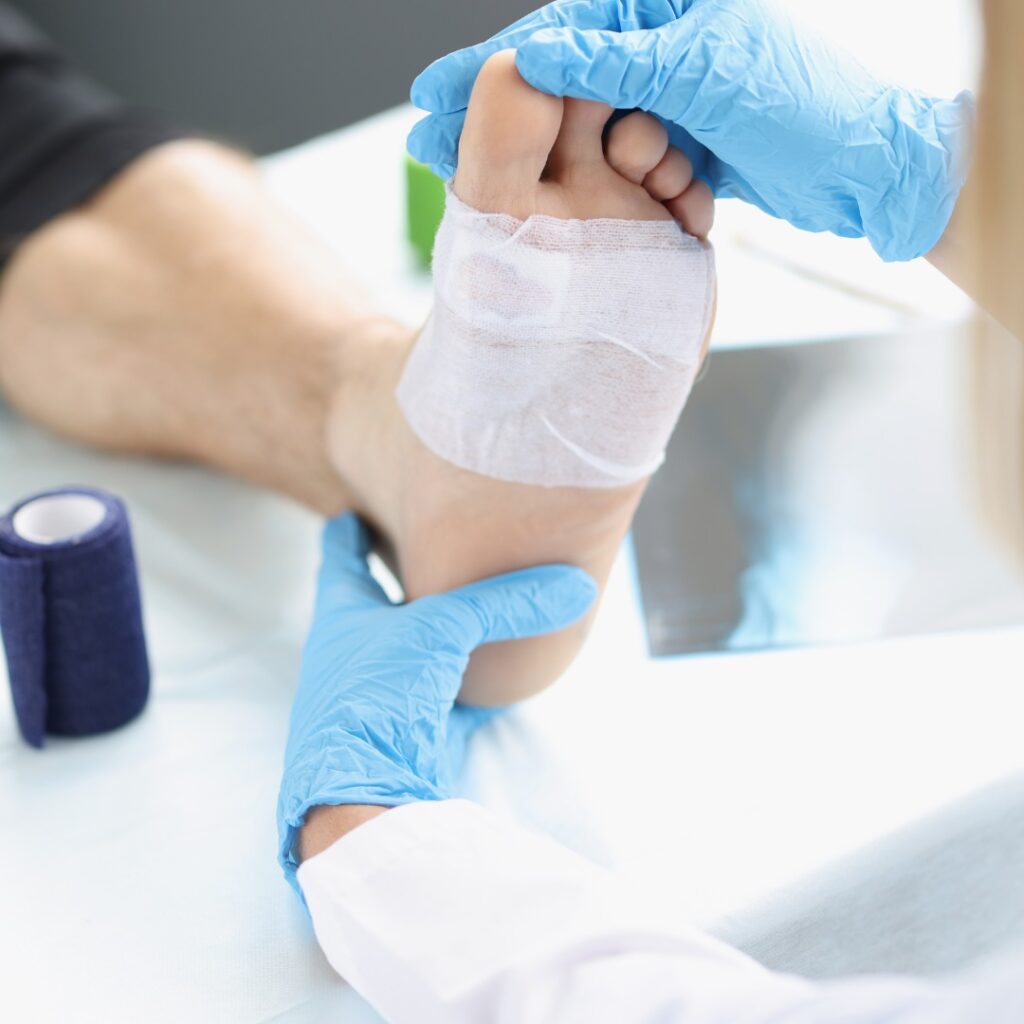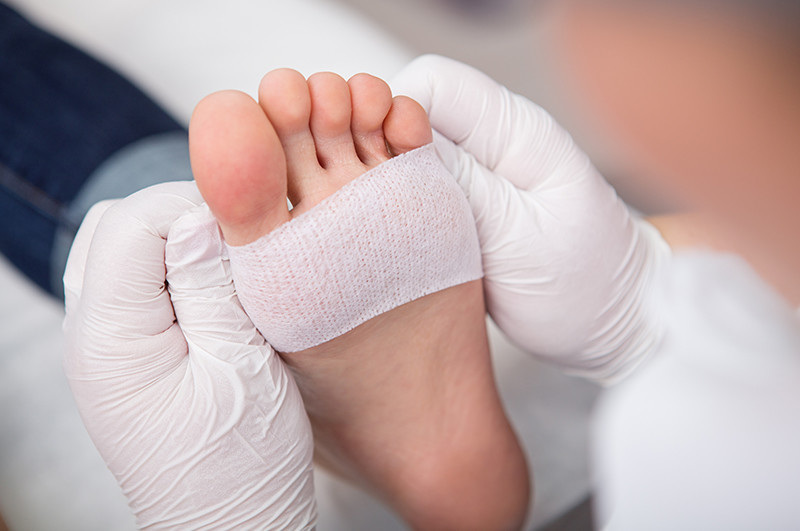Skin Substitutes, what you need to know

Status is online Dr. Mikel Daniels President , Chief Medical Officer, and Managing Member at WeTreatFeet 8 articles April 2, 2023 Skin substitutes are an important tool in wound care management. They are designed to replace damaged or missing skin and promote healing in difficult-to-treat wounds. There are both high-cost and low-cost skin substitutes available […]
Why does my diabetic foot hurt?

In diabetics, neuropathy is defined as a loss of protective sensation. The condition occurs in what we call and stocking and glove distribution. It starts at the distal ends of the toes and fingers, and moves proximally up the foot/hand into the leg/arm. While there are many causes of peripheral neuropathy, diabetes is the most […]
What is a diabetic foot skin graft?

Open wounds on diabetic feet is a significant and often expensive problem to treat. Diabetic foot wounds, according to Medscape, direct costs for these specific wounds are $9-13 million dollars yearly. [1] While we have many different modalities for treating wounds, one treatment type stands out, skin grafts. A Cochrane review done in February 2016 […]
Modern diabetic wound issues

Diabetic foot wounds are among the most common complications of diabetes, and are some of the more difficult conditions to treat. In the USA, yearly, approximately 8% of diabetic Medicare beneficiaries have a foot ulcer. When these occur, 1.8% of these patients will have an amputation. These are further elevated for patients with lower extremity […]
